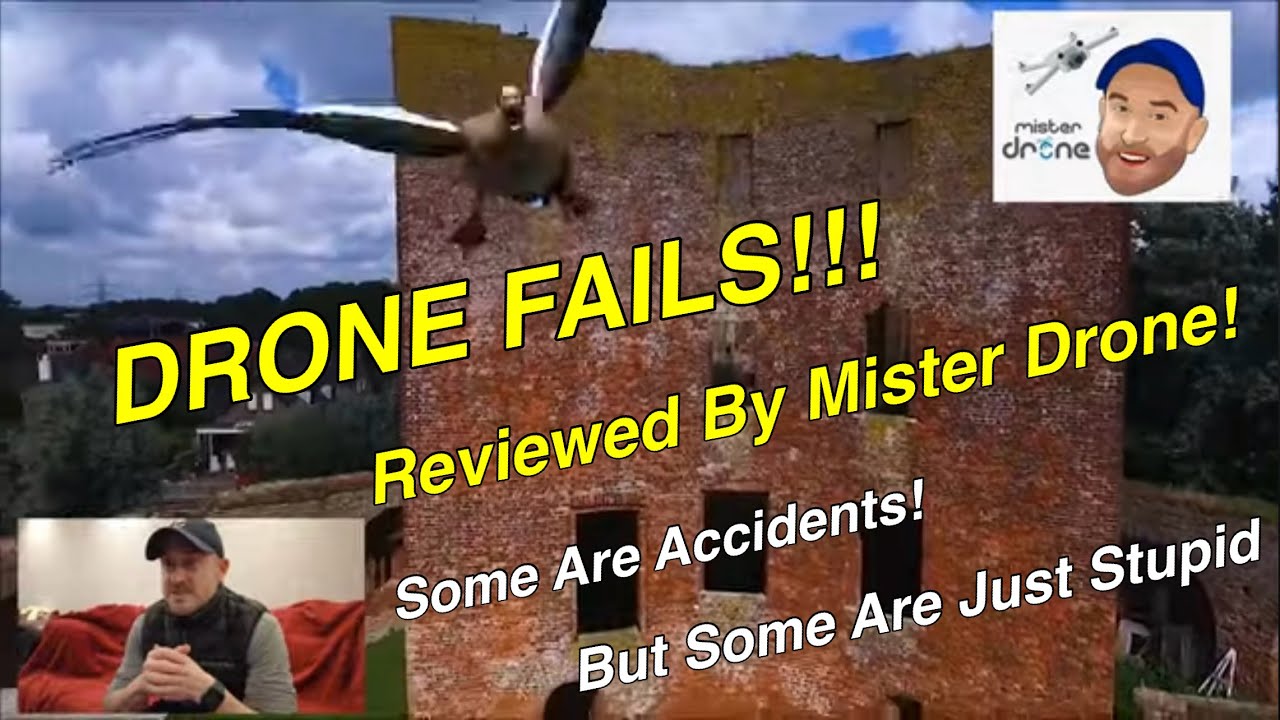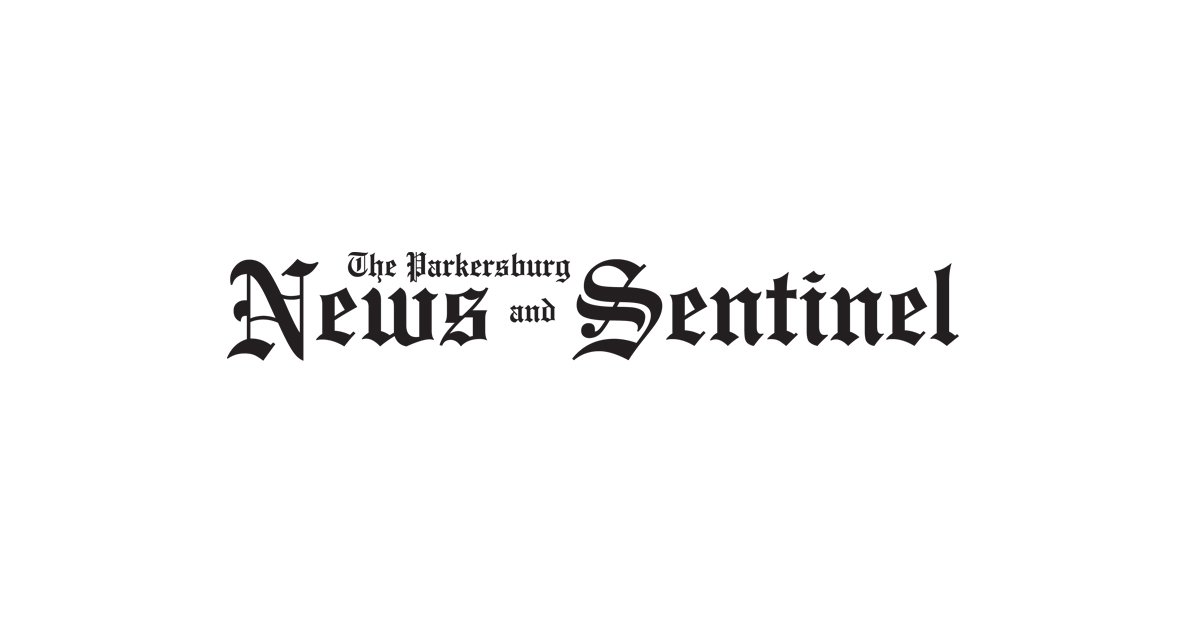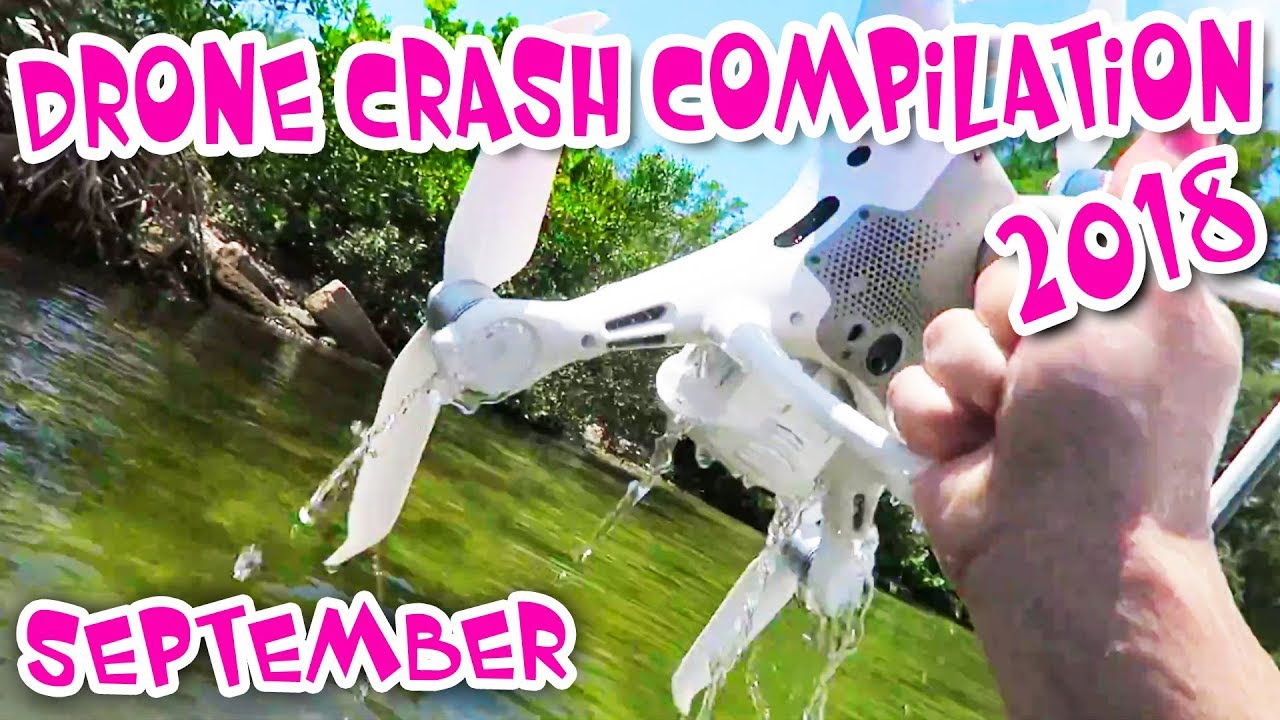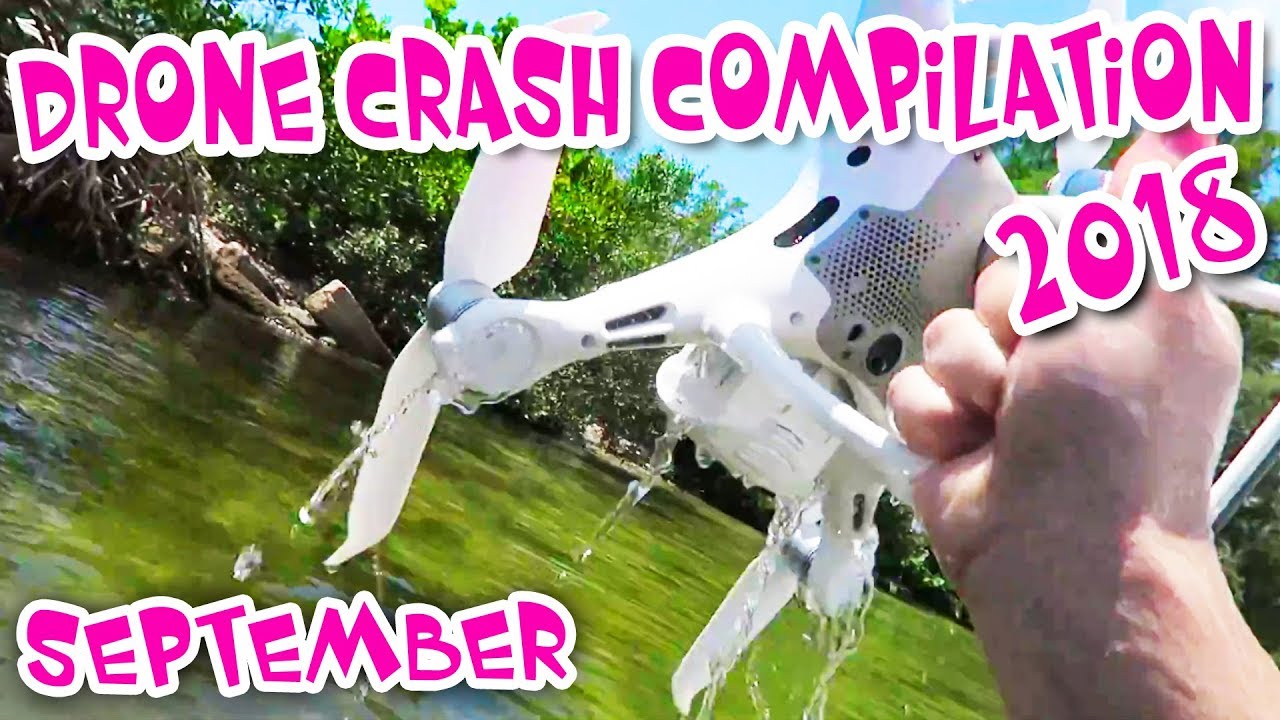Drone show accidents, while relatively rare, highlight the crucial need for robust safety protocols and technological advancements. These spectacular displays of light and movement, involving dozens or even hundreds of drones, carry inherent risks. This guide explores the various types of accidents, their causes, and the steps being taken to improve safety and mitigate future incidents. We’ll delve into regulations, technology, human factors, and the legal aspects surrounding these captivating, yet potentially hazardous, events.
From collisions and malfunctions to loss of control and fires, we’ll examine real-world examples, analyzing contributing factors such as technical issues, pilot error, and inadequate training. We’ll also explore how advancements in technology, like GPS, sensors, and autonomous flight systems, are enhancing safety and accident prevention.
Drone Show Accidents: A Comprehensive Overview
Drone shows, while visually stunning, carry inherent risks. Understanding the various facets of accidents – from their causes and prevention to post-accident procedures and public perception – is crucial for ensuring the safe and responsible development of this technology. This article delves into the key aspects of drone show accidents, offering insights into prevention, mitigation, and response strategies.
Types of Drone Show Accidents
Drone show accidents manifest in various forms, each stemming from a combination of technical malfunctions and human error. Understanding these different types is essential for developing targeted safety protocols.
| Accident Type | Cause | Contributing Factors | Outcome |
|---|---|---|---|
| Collision | GPS signal loss, software glitch, pilot error | Inadequate spacing between drones, poor communication, faulty GPS modules | Drone damage, potential injury to spectators |
| Fire | Battery malfunction, short circuit | Overcharged batteries, damaged wiring, lack of fire suppression measures | Drone destruction, potential fire spread |
| Malfunction | Motor failure, sensor error | Poor maintenance, use of substandard components, extreme weather conditions | Loss of control, uncontrolled descent, damage to drone |
| Loss of Control | Radio interference, software bug, pilot incapacitation | Inadequate training, lack of redundancy systems, signal jamming | Uncontrolled flight, potential damage to property or people |
Safety Regulations and Protocols
Safety regulations for drone shows vary across countries and regions. Understanding these differences and establishing best practices are vital for minimizing risks.
- USA: The FAA mandates pilot certification, operational limitations, and registration for commercial drone operations. Specific regulations for large-scale drone shows are evolving.
- EU: The EU’s drone regulations focus on airspace management, pilot competence, and risk assessment. Regulations often vary between member states.
- China: China has its own comprehensive set of regulations governing drone operations, including stringent requirements for airspace authorization and safety protocols for large-scale events.
Best practices include pre-flight checks, redundant systems, designated flight zones, and emergency response plans.
- Implement stricter pre-flight checklists and maintenance schedules.
- Develop standardized training programs for drone pilots.
- Increase collaboration between regulatory bodies and industry stakeholders.
Technological Advancements and Accident Prevention, Drone show accident
Technology plays a crucial role in enhancing drone show safety. Advancements in GPS, sensors, and autonomous flight systems are continuously improving the reliability and safety of these operations.
Drone show accidents, unfortunately, happen. Sometimes, a spectacular planned display turns into a chaotic mess – a total drone show crash, like the one described in detail on this website: drone show crash. Understanding the causes of these crashes, from technical malfunctions to pilot error, is crucial for preventing future drone show accidents and ensuring safer aerial displays.
A hypothetical real-time monitoring and control system would integrate GPS data, sensor readings, and drone status information onto a central dashboard, allowing operators to track and manage all drones simultaneously. The system would incorporate automated collision avoidance and emergency protocols.
Human Factors in Drone Show Accidents

Human error significantly contributes to drone show accidents. Inadequate training, poor communication, and fatigue can lead to catastrophic consequences.
Drone show accidents, while rare, highlight the potential risks of unmanned aerial vehicles. Understanding the logistical challenges is key, and that includes knowing where Amazon plans to utilize its drone fleet for deliveries; check out the planned amazon drone delivery locations to see the scale of their operation. This helps put the safety concerns surrounding drone shows into a broader context of widespread drone use.
Drone show pilots require specialized skills in flight control, coordination, and emergency response. Training should be comparable to that of other aviation professionals, emphasizing risk management and decision-making under pressure.
- Improved simulator training to handle various emergency scenarios.
- Mandatory recurrent training and competency assessments for pilots.
- Clear communication protocols among pilots and ground crew.
Post-Accident Response and Investigation

Effective post-accident investigation is crucial for identifying root causes and preventing future accidents. A systematic approach involving data collection, analysis, and stakeholder collaboration is essential.
A typical investigation would follow these steps: Secure the accident site, collect data from flight recorders and drones, interview witnesses, analyze drone components, and produce a final report with recommendations.
Insurance and Liability
Drone show operators need comprehensive insurance coverage to mitigate financial risks associated with accidents. Liability frameworks vary across jurisdictions, impacting the extent of operator responsibility.
Drone show accidents, sadly, can happen. Proper planning and safety protocols are crucial to avoid them. A spectacular example of a well-executed show, however, is the niagara falls drone show , which showcases the potential of drone technology when handled expertly. Learning from successful shows like this helps reduce the risk of accidents in future drone displays.
Insurance policies specifically tailored for drone shows should cover property damage, bodily injury, and potential legal costs. Operators should consult with insurance professionals to determine appropriate coverage levels based on the scale and complexity of their operations.
Public Perception and Impact

Drone show accidents can significantly impact public perception of the technology. Negative publicity can erode trust and hinder industry growth.
A visual representation of the long-term effects of a major drone show accident could show a downward trend in public trust and participation in drone shows, potentially leading to stricter regulations and reduced investment in the industry. Effective communication, transparency, and proactive safety measures are crucial for mitigating negative impacts and maintaining public confidence.
Final Wrap-Up
The increasing popularity of drone shows necessitates a proactive approach to safety. While technological advancements offer significant potential for accident prevention, human factors remain a critical concern. By understanding the causes of past accidents, implementing stringent safety regulations, and investing in comprehensive pilot training, we can work towards minimizing risks and ensuring the continued enjoyment of these mesmerizing displays.
The future of drone shows hinges on a commitment to safety, responsibility, and ongoing innovation.
Detailed FAQs
What is the typical insurance coverage for drone show operators?
Coverage varies widely depending on the insurer and the operator’s risk profile. Policies often include liability coverage for property damage and injuries, as well as hull coverage for the drones themselves.
How are drone show accidents investigated?
Investigations typically involve reviewing flight logs, examining the damaged drones, interviewing witnesses, and analyzing weather data. Relevant authorities and manufacturers often participate.
What is the role of public perception in drone show safety?
Negative publicity following an accident can damage public trust and impact the industry’s growth. Transparency and proactive safety measures are key to maintaining a positive public image.
Are there international standards for drone show safety?
While there’s no single global standard, many countries and regions have their own regulations. These often address aspects like pilot licensing, airspace restrictions, and operational procedures.
